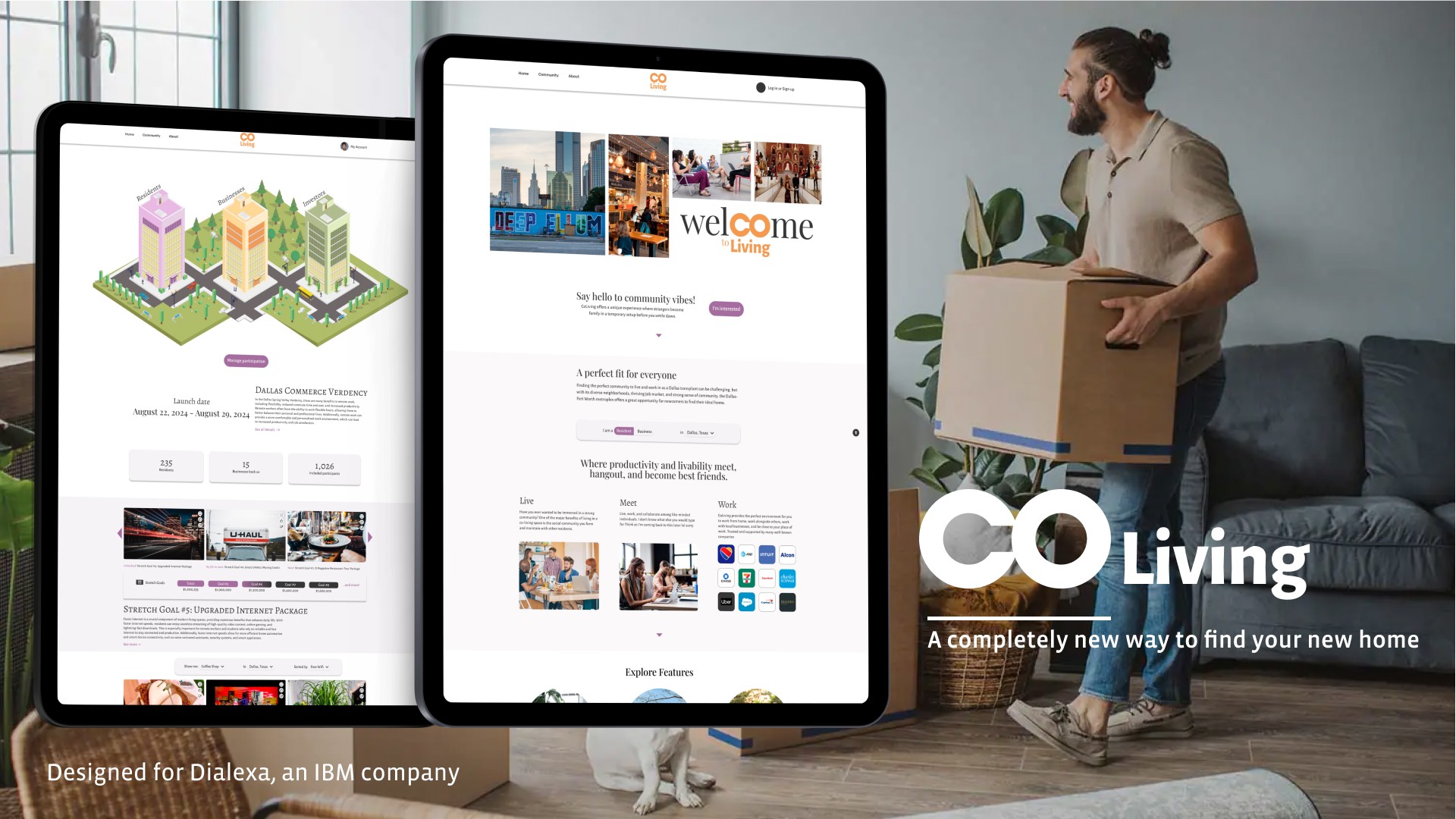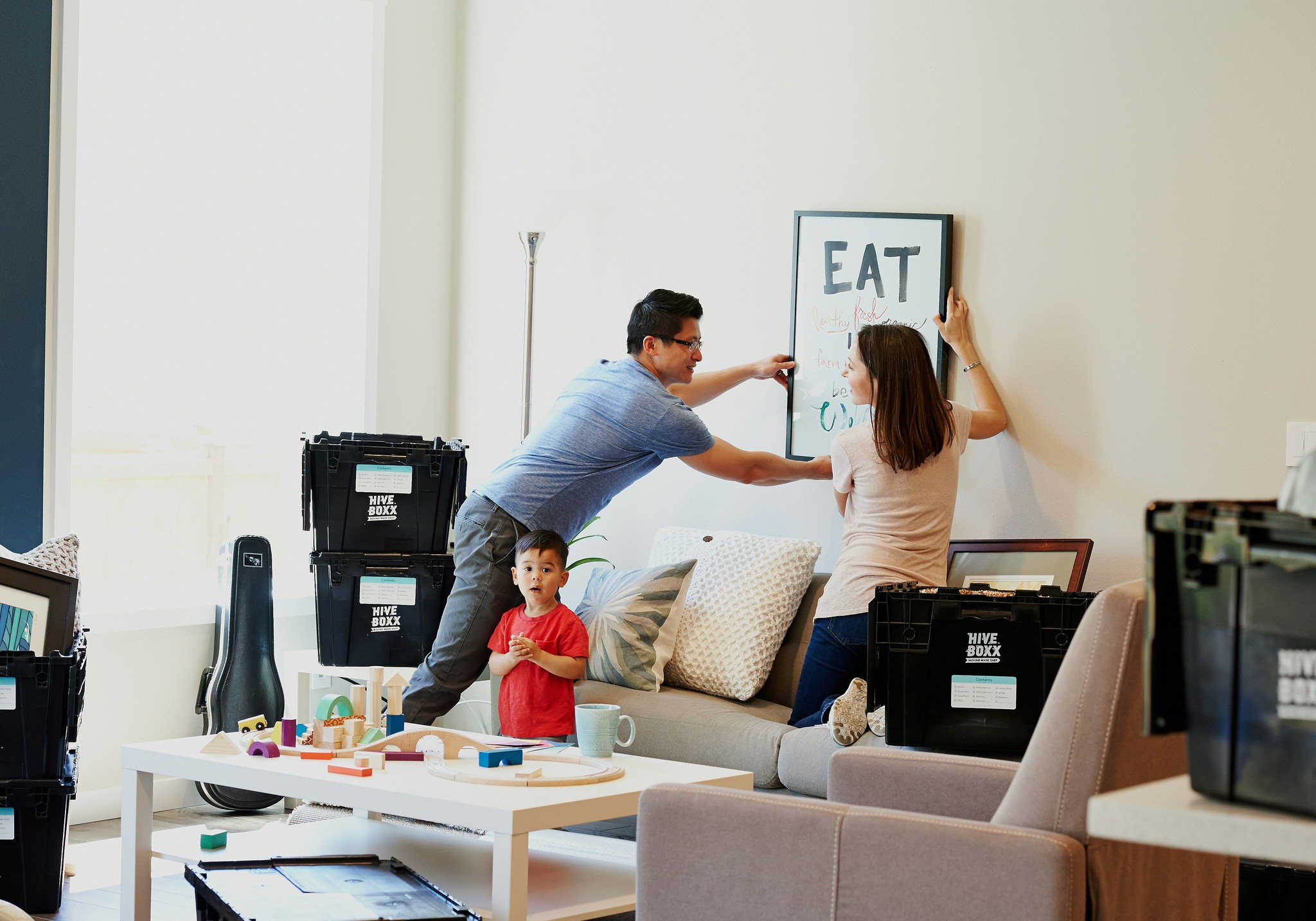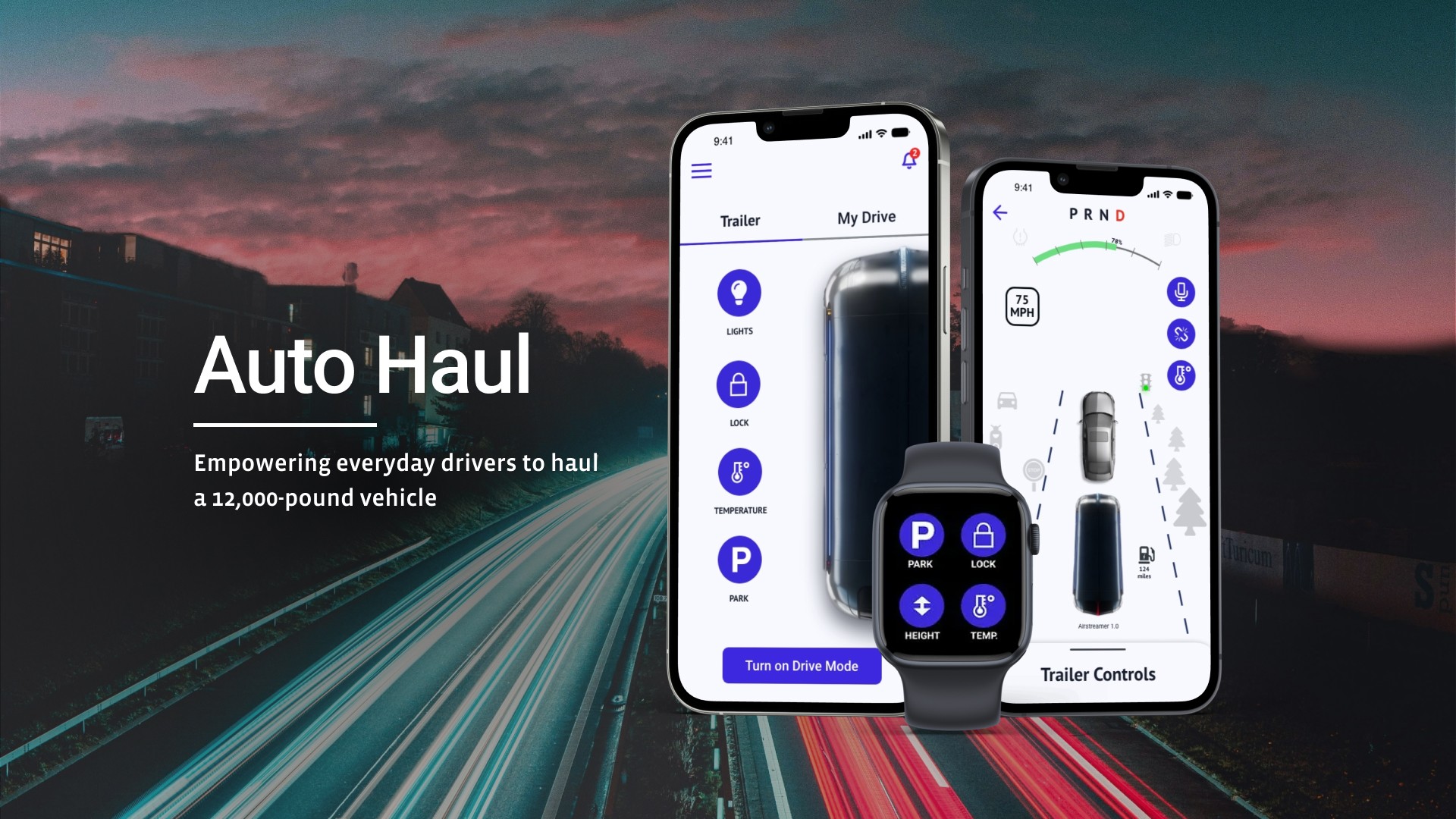Project Brief
Building a product for the prospective residents of Dallas, one of the fastest growing cities in the Unites States, adding over 150,000 new residents in 2021.
Background Information
I had the honor of being one of the 5 students handpicked from the UNT undergraduate program to participate in Dialexa EDU, an educational program providing hands-on working experience inside an IBM owned consultancy
My Role
Project Lead
UX/UI Designer
Time Period
8 weeks
Team
Jonathan Tran
Blake Butterfield
Joshua Martinez
Catherine Silloway
Rai Barnard
Results
The Brief
Dallas residents struggle with limited housing and co-working options for diverse lifestyles.
As transplants move and make Dallas their home, deciding on housing presents new challenges. From home offices, coworking spaces, and proximity to the office, both locals and newcomers must carry these considerations as they settle into the new age of work.
CoLiving’s onboarding takes our residents through a series of questions to match residents with similar/desired neighbors, additionally, CoLiving gives its residents input as to which businesses they want on the property in an effort to help create a community.
The Deliverables
• User Interviews
• How Might We Workshops
• Crazy 8's workshop
• Feature Workshops
• Competitive Analysis
Our team sought to create a product that would allow prospective home buyers to live in a community they build through a new product we call CoLiving. A website that gives residents and businesses a platform to collaborate in creating a community.
Our Approach
CoLiving ensures affordable, community-driven spaces for diverse
living and working needs.
CoLiving creates a space for the 170,000+ people who moved to Dallas in 2021, representing one of the largest population increases in the United States. The Dallas area has a 19% vacancy rate in office space. CoLiving repurposes this space to create our pop-up communities, thereby keeping construction costs low. Utilizing this space allows CoLiving to be situated in locations surrounded by retail, commercial, and public spaces, striving towards a vision of a 15-minute city.
CoLiving’s onboarding takes our residents through a series of questions to match residents with similar/desired neighbors, additionally, CoLiving gives its residents input as to which businesses they want on the property in an effort to help create a community.
The Deliverables
• Community Visualization
• Resident Profile
• Community Feed
• Customizable Search bar
• Onboarding Survey
Our team aimed to rethink how people buy homes. Competitors offer similar ways of searching but no product has offered an outlet for residents to collaborate to build a community.
Project Planning
8 weeks. 3 phases. 1 platform
Building a product from the ground up made more efficient by using design sprints
CoLiving’s onboarding takes our residents through a series of questions to match residents with similar/desired neighbors, additionally, CoLiving gives its residents input as to which businesses they want on the property in an effort to help create a community.
Sprint 1
Insight: Searching
Buyers have many options to find their new home. Many of which offer extensive tools to search for homes.
We Conducted market research and analysis. We facilitated a persona panel where we interviewed real residents who recently moved to Dallas. Sprint 1 was the research phase of our project, establishing user's wants, needs, and pain points.

Persona Panel & Empathy Map
New residents don't move into just a home, they move into a community
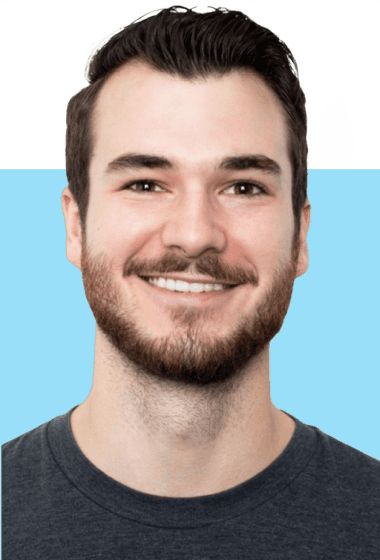
Eric recently moved within Dallas looking for an place that better caters his needs. He wanted a place where he felt safe, where he could walk his dog while getting coffee, and where he could socialize with friends in a short walk.

Hellen recently moved to Dallas from New York City. She was worried that she would have a hard time adjusting the Dallas culture after living in a global metropolis.
From the Persona Panel, we built an empathy map to take a deep dive into the mind of our residents where we began to understand the anxiety of moving into a new home, a new city, a new neighborhood, and a new culture.

Business Profile & Competitive Matrix
Competitors enable users to find a home
Click on each logo to view a PDF of the competitors full business profile
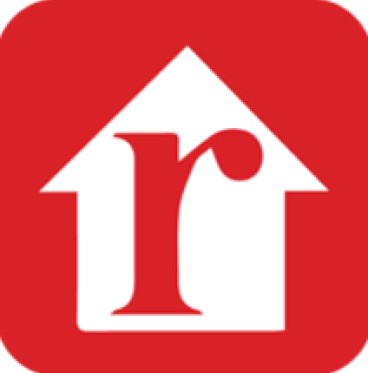
With over 40 search filters, same-day tours, virtual 3-D walkthroughs, and more Redfin will help users find their perfect home and get the best sale possible.
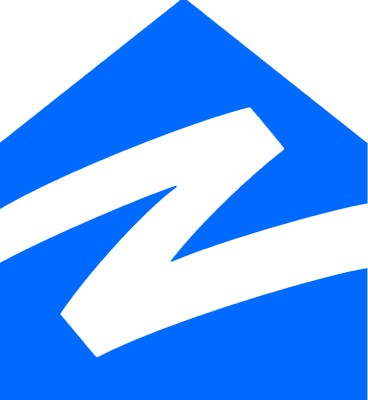
Zillow’s technology platform connects buyers, sellers and renters with the people and services they need to make it easier to get into a home they love.
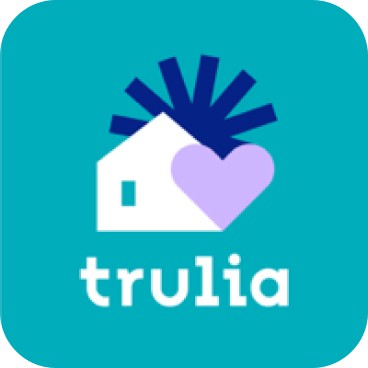
Provides users a product to discover a place they will love to live using 34 different map overlays that offers details no other competitor can offer.
After building business profiles we compiled the information into a competitive matrix giving us insight into what opportunities we could expand on such as school district filters, visualities of fees, travel times, and community age filter.
Sprint 2
Insight: Problem Statement
How might we empower prospective Dallas residents to find a home that prioritizes their lifestyles?
We The ideation phase for the project. We did a How Might We, What Are Ways, and a Crazy 8 workshop. We established the question for which our product was born and the idea of a pop-up community.
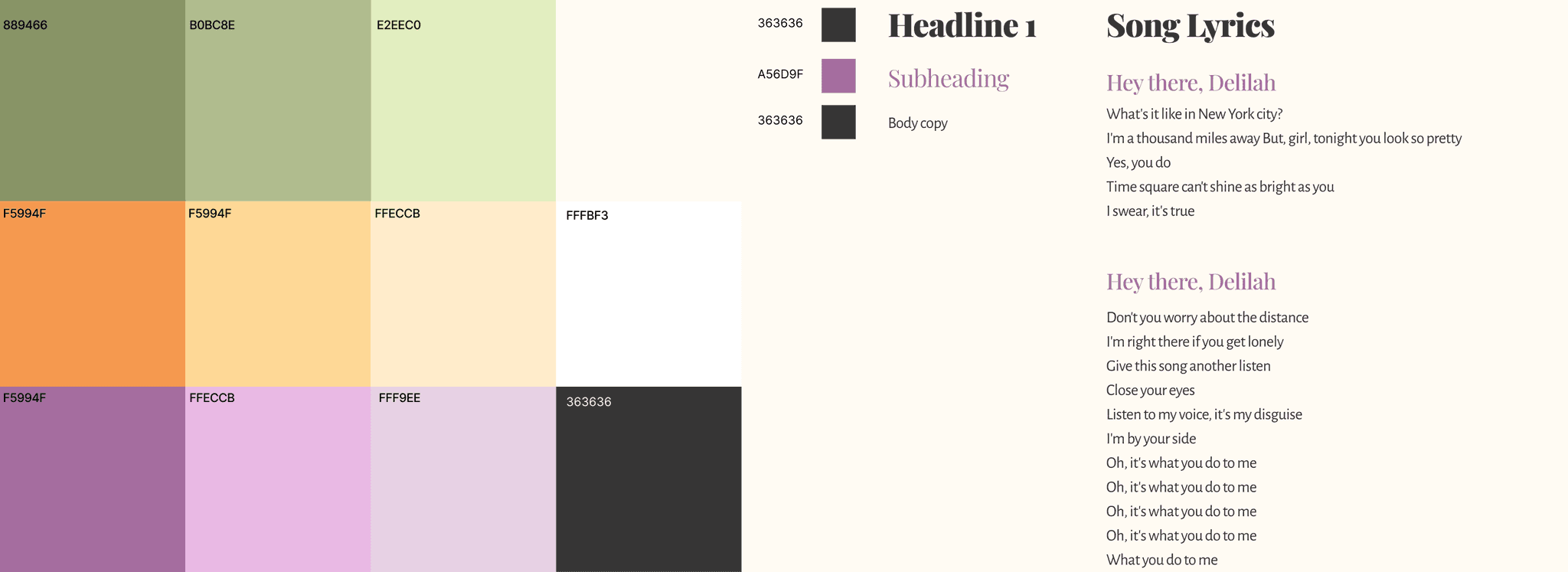
How Might We & Crazy *'s
Workshopping a how might we to center our focus
Together our group brainstormed 30 different How Might We statements inspired by sprint 1 of the project. From the 30 we grouped them into 6 categories: Neighborhood, Safety, Workplace, Transplant, Research, and Connection. Instead of choosing to tackle just one area, we saw an opportunity to mesh into one how might we. From the research and statement workshop, we knew it would be essential for our product to revolve around the resident's lifestyle. Lifestyle in essence is a creation of all the categories into one.
Brainstorming a different approach to home finding that prioritizes lifestyles
We conducted a workshop where we had 8 minutes to create 8 possible solutions. With 5 in our team, we brainstormed 40 solutions in just 8 minutes. Some notable solutions included:
• AI-Generated future predictors based on trends
• Dallas dates, a tour of Dallas
• AR Home tour
After the first round of ideation we realized we deviated from our how might we. We conducted another round of ideation but kept our solutions grounded with the idea of prioritizing a resident's lifestyle. Solutions that came out of round 2 include:
• Businesses work with real estate
• Experience the area without committing to it
• Build a community for people
We concluded that the creation of a community process or popup neighborhoods surfaced as the most valuable product concept.
Sprint 3
Insight: Growing with residents
How might we empower prospective Dallas residents to find a home that prioritizes their lifestyles?
Our product should grow as the residents build a community
The building of our product, the web presence for CoLiving. We created a user flow, established brand guidelines iterated from low fidelity to high fidelity, and established an elevator pitch.
Design System & Prototyping
Establishing a system for which to build CoLiving
We created a micro design system to rapidly create a system for CoLiving to live within. The design revolved around light colors with the driving ideal that we create an inviting atmosphere for future residents and businesses. We Established:
• Typographic Styles
• Color Guide
• Original Logo
• Buttons
• Cards
• List
• Elements
The promise of a strong community, affordability, and short-term commitment
The majority of living spaces in cities fail to accommodate all different types of people: whether you’re a transplant, a young family, or a college graduate looking to work from home. With CoLiving, you can find that sweet spot in your new location that meets all of your needs with the promise of a strong community, affordability, and a temporary commitment.
